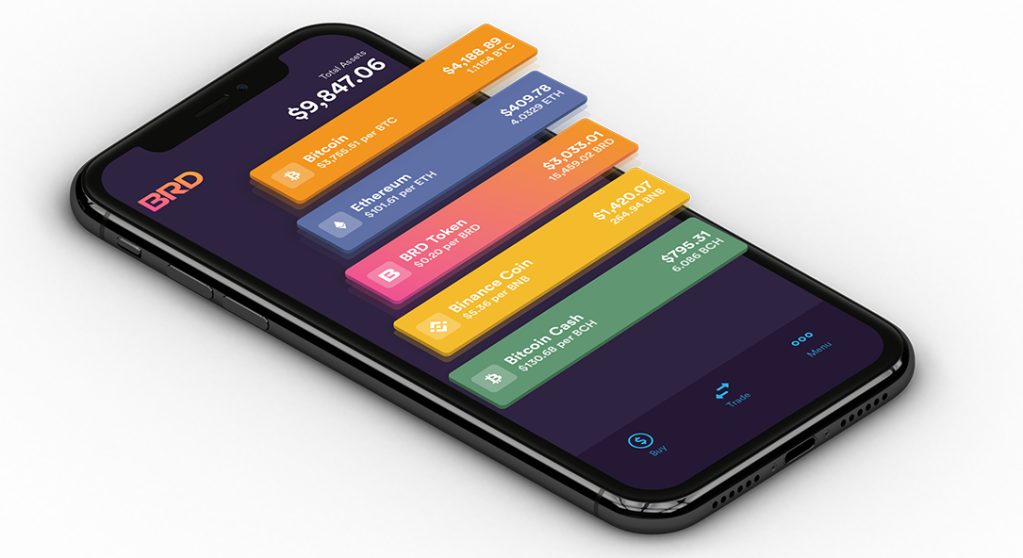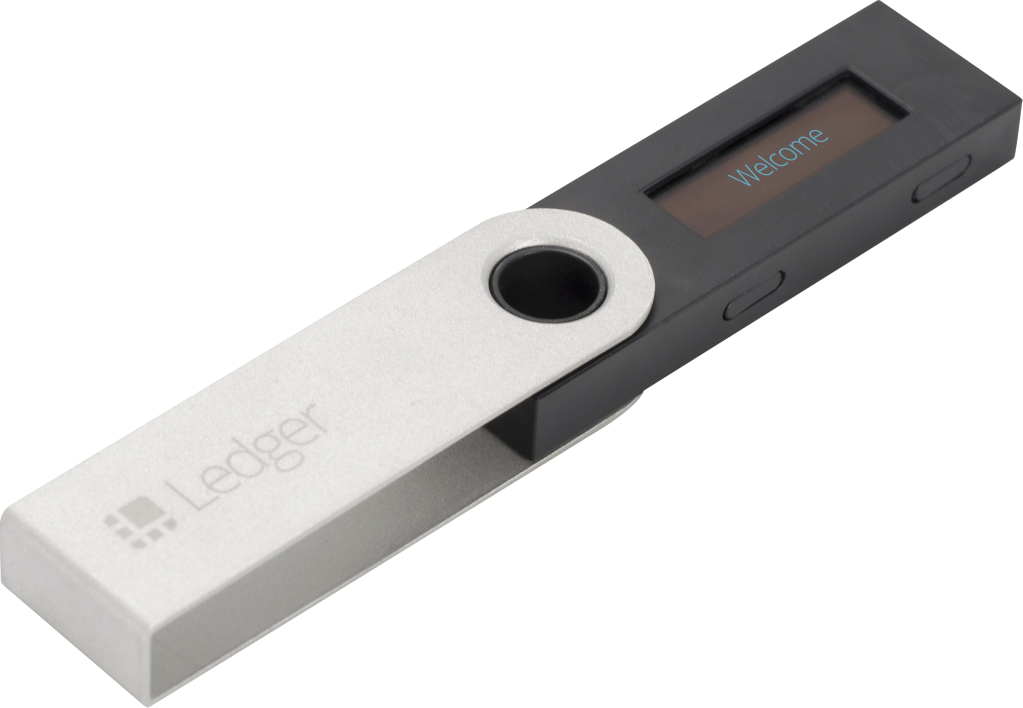Having invested in your first Bitcoin or altcoin, now is the time to learn how to protect your investment!
There are many different ways to store crypto – we’ll go through them all, from the least secure to the most.
If we’ve missed anything please let us know in the comments!
Storing on an Exchange
Ease of use – High
Security – Low
The easiest place is just to leave your coins where you bought them. However, this is also arguably the least secure place to store your crypto and should not be used for large amounts. If the exchange gets hacked, you could potentially lose all your coins. MtGox is the classic example of this.

If you do want to leave small amounts of crypto on an exchange, you should check that the exchange uses cold storage, how long the exchange has been running, where it is based and if it has positive reviews.
Storing crypto on an exchange that has cold storage, has been trading for 5+ years, is based in a reputable jurisdiction (e.g. UK, US and select EU member states) with positive reviews may be a reasonable (and convenient) solution for a short time or for small amounts of crypto.
Storing on your smartphone
Ease of use – High
Security – Low
You download a wallet app to your phone and then send your crypto to the address it provides. You control the keys on a smartphone wallet so assuming you take precautions you should be safe.
However, most people are far more likely to lose their crypto because of their phone than because of an exchange hack. Their phone could be damaged/lost/stolen, their mobile wallet could fail, they could lose the seed key/password, or their phone could be hacked.
Thankfully, most smartphone wallets are now making sure that users back up their seed phrases securely by asking the user to enter a random word from the seed phrase. The wallet won’t work unless the user can provide the correct seed word thus proving they wrote down the seed. And most smartphones (particularly iPhones) are very secure.

A good starter wallet is BRD Wallet. It’s available on both iPhone and Android and supports multiple currencies.
You can also use the excellent tool at Bitcoin.org to Choose a Wallet. However, be warned, it includes a lot of options which some might find overwhelming.
Storing on a Hardware wallet
Ease of use – High
Security – Medium
Hardware wallets come in various shapes and sizes. They store your private key (the part that secures your crypto) on a secure device that is very difficult to hack / tamper with. These devices are usually a small, key-fob-like device that unlike your phone or your computer cannot have malicious software installed on them that might steal your crypto.
You transfer your crypto to the device by sending it to an address the device generates. Thereafter, unlike store on an exchange or smartphone app, the crypto can only be moved from the device by physically getting hold of the device and entering a secure PIN.

A good example of a hardware wallet is the Ledger Nano S. There devices are relatively inexpensive (£54.50 normally, but at the time of writing Ledger are doing a 20% discount, so just £45.41). Quick Penguin has done a fantastic review, so check them out! If you think you are going to want to store lots of crypto currencies then you might want to consider the Ledger Nano X – it has a number of nice pluses over the Nano S, but chiefly it has more storage space for ‘apps’ (apps are used to manage private keys of each currency) which allows you to store more currencies on the device.
Using Multi Signature key storage
Ease of use – Medium
Security – High
This is a hybrid model of the above methods. Rather than using a single key to store and transfer your crypto, multiple keys are used. Think of it like a bank account that requires multiple signatories to withdraw funds.
Depending on the system employed, this can require a transaction to be stored on a USB stick and taken to multiple computers or hardware devices to sign it or signing using a cloud service or mobile app. Importantly, to send funds, multiple independent systems must sign the transaction and for it to be hacked, the hacker must know how to target each system – some of which may be offline.
Another benefit of these systems is that not all the keys are needed to sign the transaction. Known as “M of N” (e.g. 3 of 5) there can be 5 signatures in total, but only 3 signatures are required to sign a transaction. This means that up to two keys can be lost / destroyed and the crypto can still be accessed using the remaining 3 signatures.
One of the easiest to use and best known multi signature systems is Casa. Casa uses a 3 of 5 key setup with the available keys including your mobile phone, multiple hardware keys (such as a Ledger Nano) and an emergency key store with Casa.
Other methods:
In addition to the mainstream methods above, here are some other methods which you may have heard of.
Paper Wallets – These are arguably very secure when created correctly, but this requires a complicated setup which is difficult to use.
The premise is simple – generate a private key, generate its public address, print out, load with funds and store securely in a safe until you need to use them. Unfortunately, securely generating and printing out a paper wallet is very challenging to do correctly – particularly with most printers being network-connected.

We’re going to write a separate article on paper wallets to demonstrate how to setup paper wallets securely but in doing so argue that they are not ideal for most users.
Desktop Wallets – These are similar to smartphone wallets, but run on your desktop computer. They can vary from being ‘lite’ nodes (i.e. they don’t download the full bitcoin blockchain and rely on third party nodes to validate balances) such as Electrum, all the way up to full clients which require hundreds of gigabytes of storage for the full Bitcoin blockchain (such as the original Bitcoin Core wallet).
Metal Wallets – There are primarily designed to withstand disasters such as house fires, flooding, crushing etc. The seed phrase for a wallet is stored on metal – either by re-arranging letters or stamping letters out. The seed phrase can then be used to generate crypto addresses so that crypto can be stored.

Importantly, if disaster strikes, the metal wallet should survive and the crypto should still be accessible. We say ‘should’ as this is not always the case. Jamieson Lopp (who also happens to be the CTO of Casa) has done a brilliant series of tests on these devices including burning them, submerging them in acid and crushing them with a 20 ton hydraulic press.
Conclusion
We hope you’ve found this brief introduction to storing your Crypto helpful. How much work you want to put in is up to you. For most Solidi customers, a Ledger Nano S and a carefully stored backup seed at a second location is perfectly sufficient.
But if you are storing significant amounts of crypto then perhaps Casa or one of the Metal Storage solutions (or a combination of the two) is a more suitable choice.
